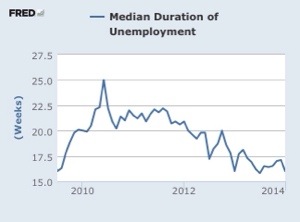Ok, so you have a group of exempt employees that receive a set salary amount and additional compensation each week. How do you analyze this type of OT exemption?
29 C.F.R §541.604 provides some guidance on the issues. For instance, 29 C.F.R §541.604 provides a number of examples where employees receiving this type of salary compensation would still be correctly classified as exempt workers. For instance in 29 C.F.R §541.604(a), an exempt employee guaranteed at least $455 each week would still be correctly classified if they received additional compensation of 1% sales commission or profits. The employees, according to 29 C.F.R §541.604 the employees could also receive additional compensation based on the hours worked above a normal week and remain correctly classified.
 The Former head of the US Geological Survey (USGS), now editor-in-chief ofScience magazine (Marcia McNutt), looked at the economics and re-evaluated her position on the Keystone XL project. She now endorses building a pipeline to transport crude oil from Canada’s oil sands to the United States.
The Former head of the US Geological Survey (USGS), now editor-in-chief ofScience magazine (Marcia McNutt), looked at the economics and re-evaluated her position on the Keystone XL project. She now endorses building a pipeline to transport crude oil from Canada’s oil sands to the United States.
 Austin American Statesman reports
Austin American Statesman reports